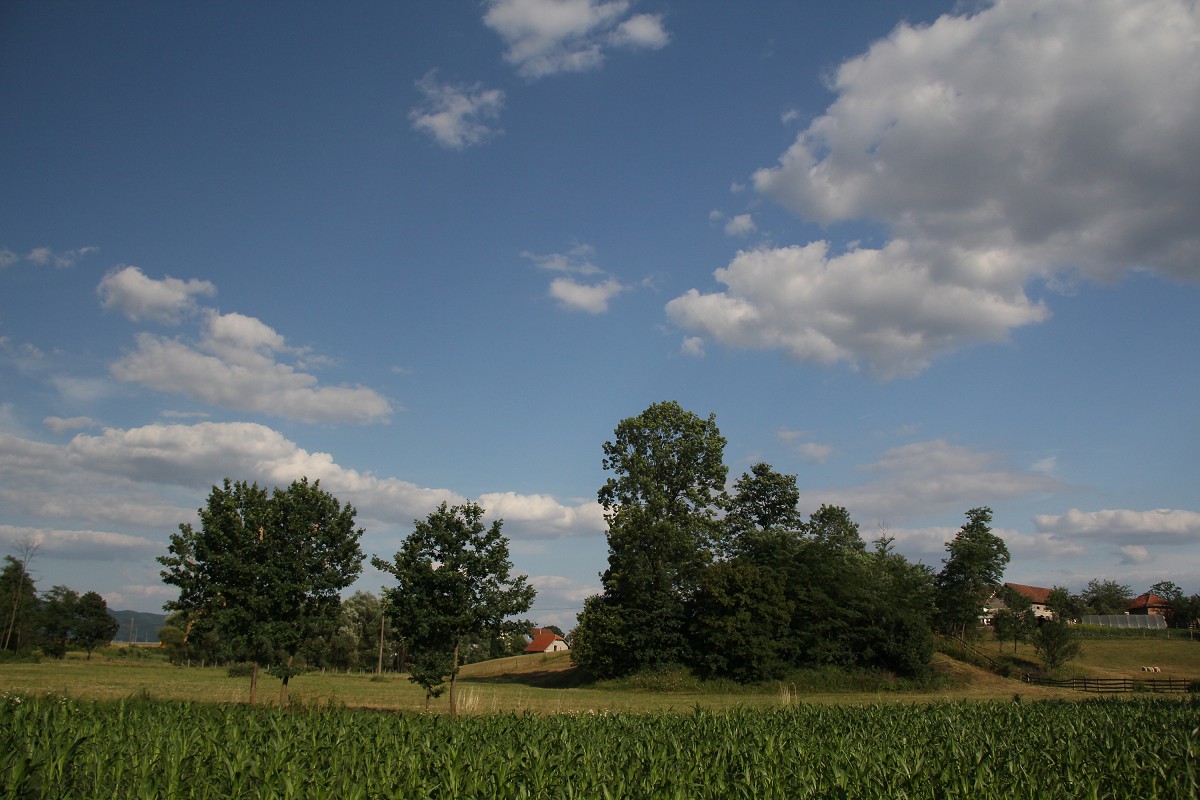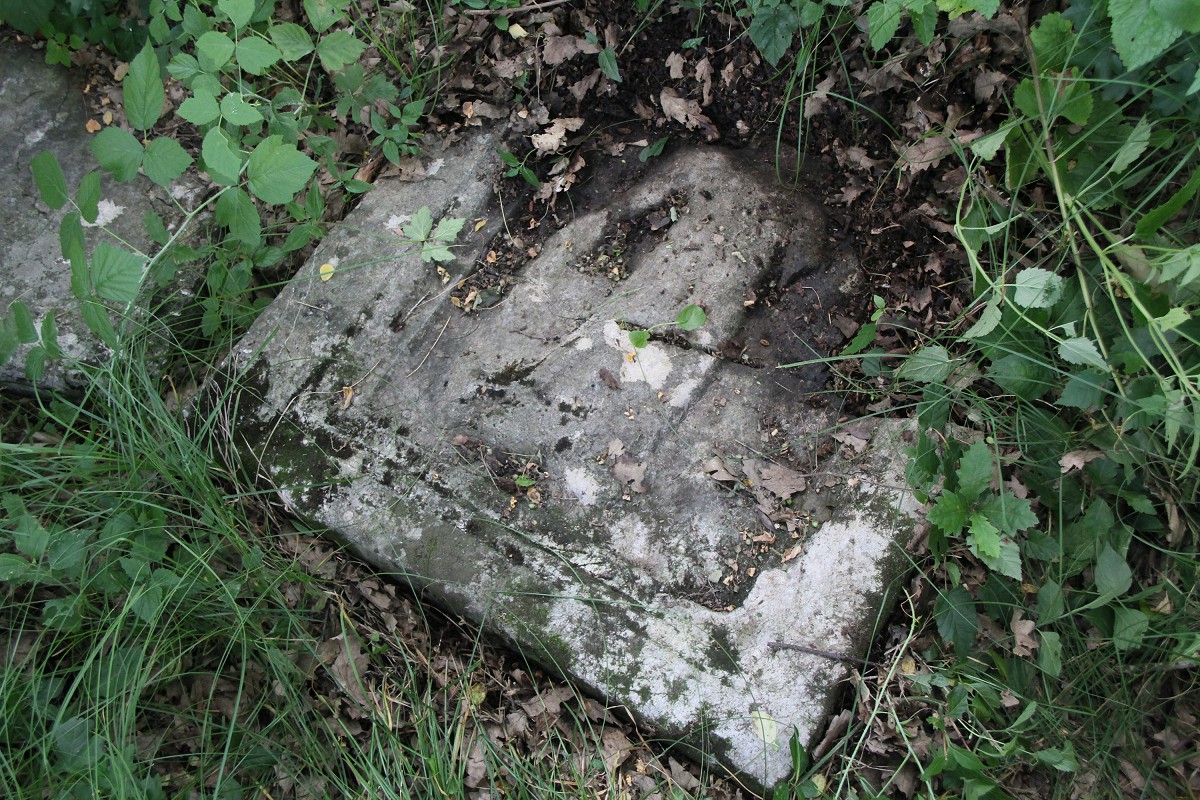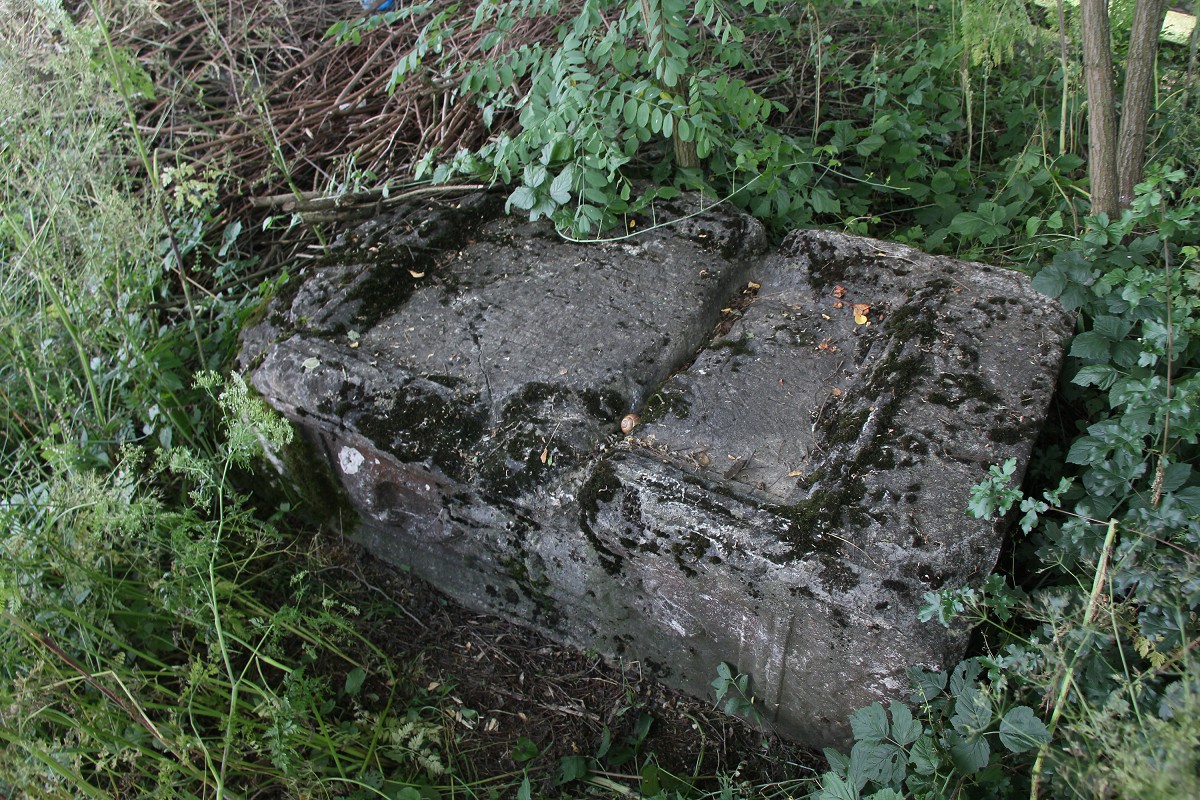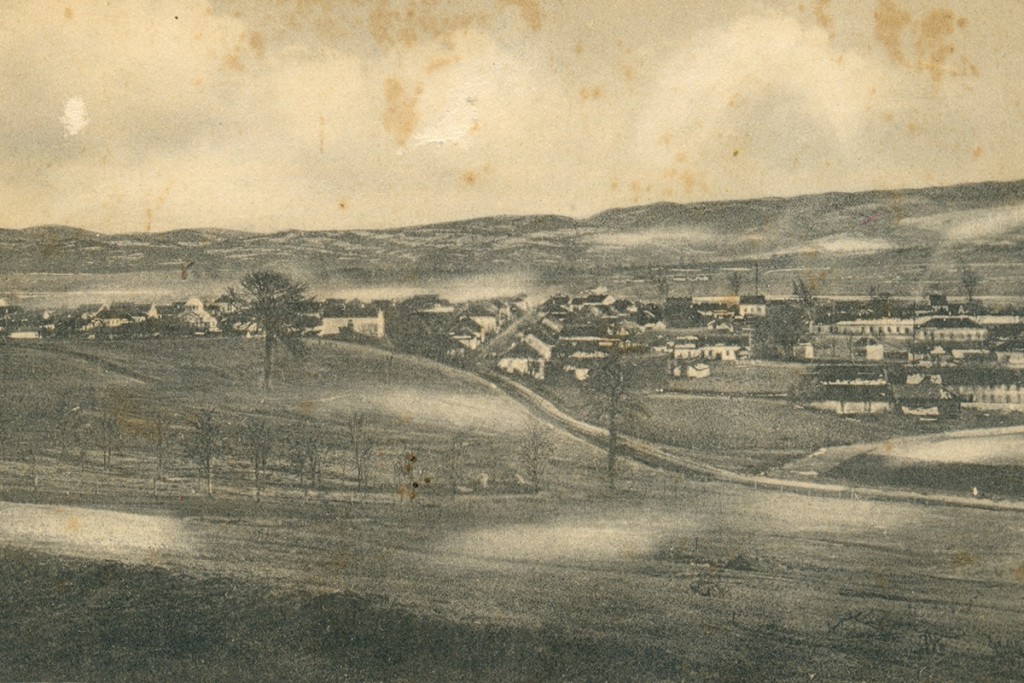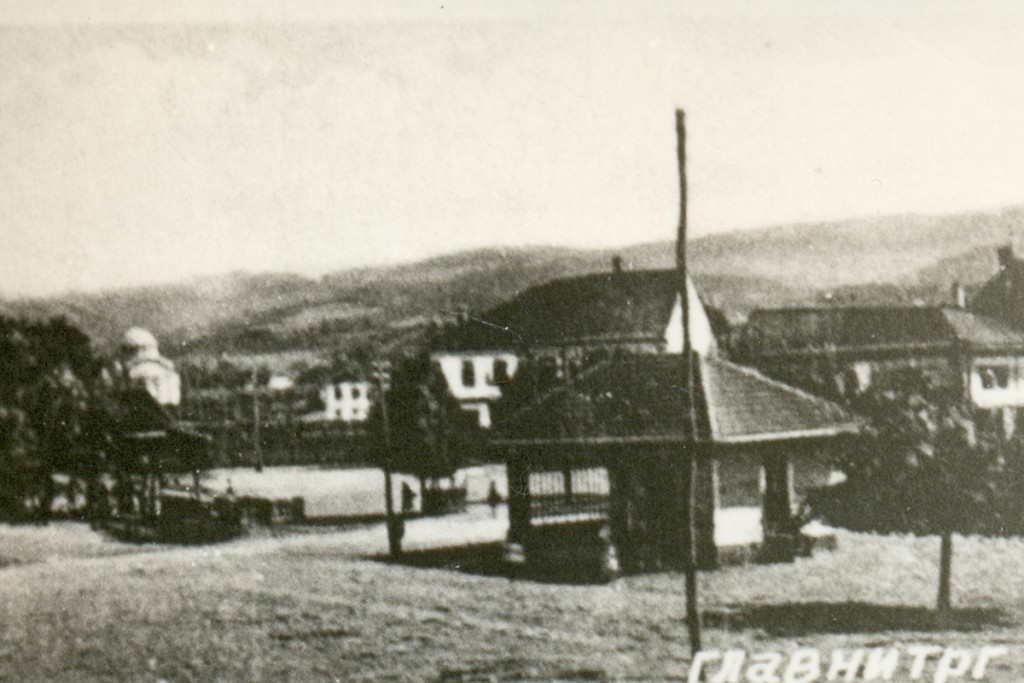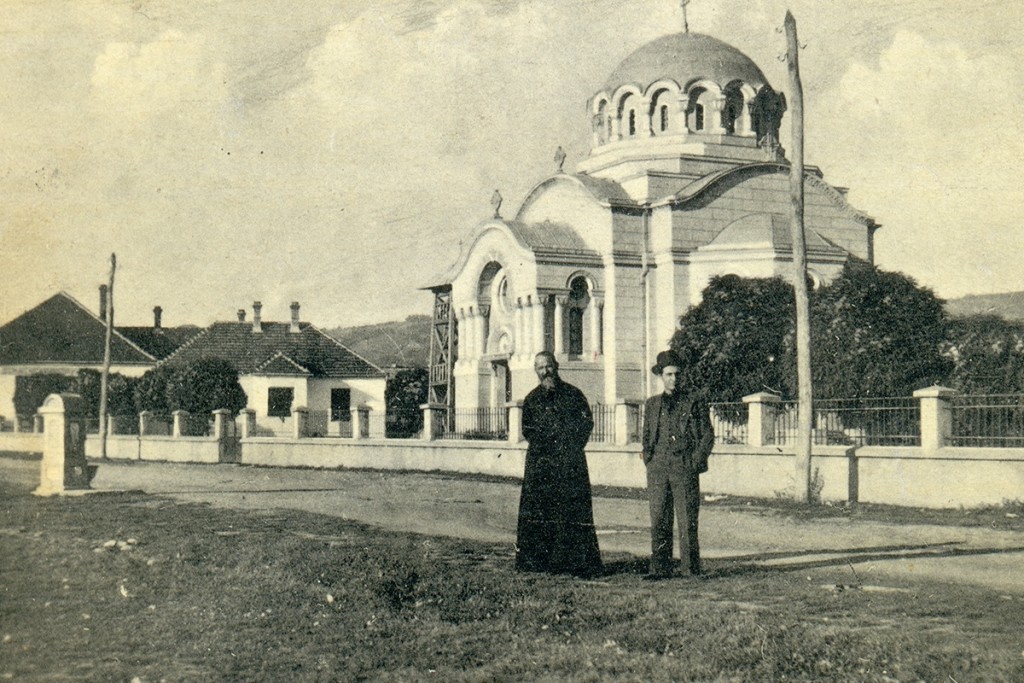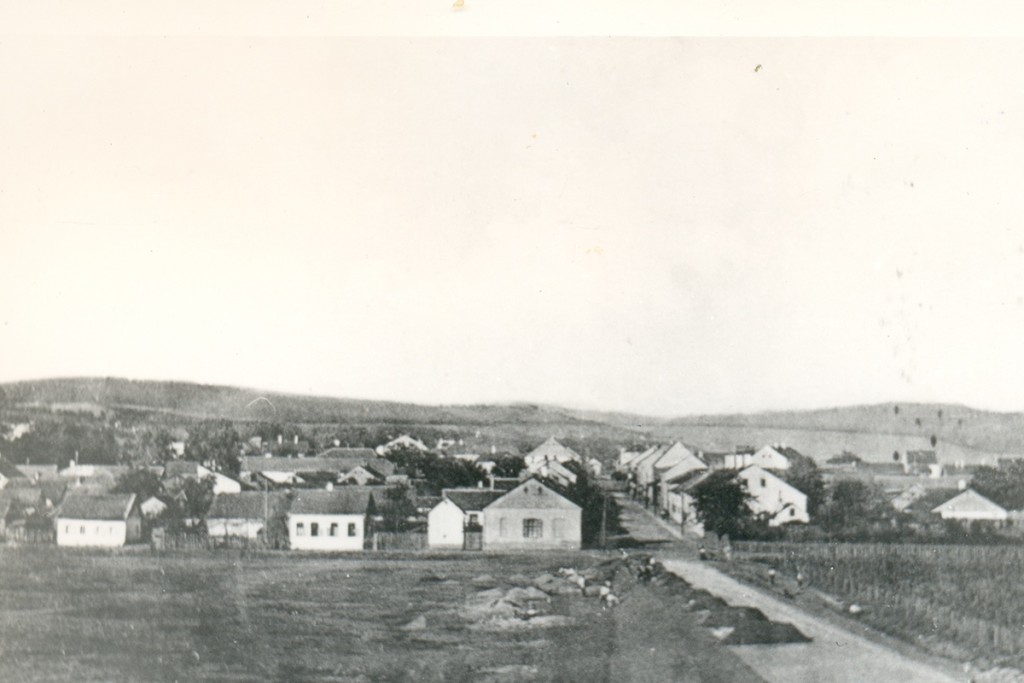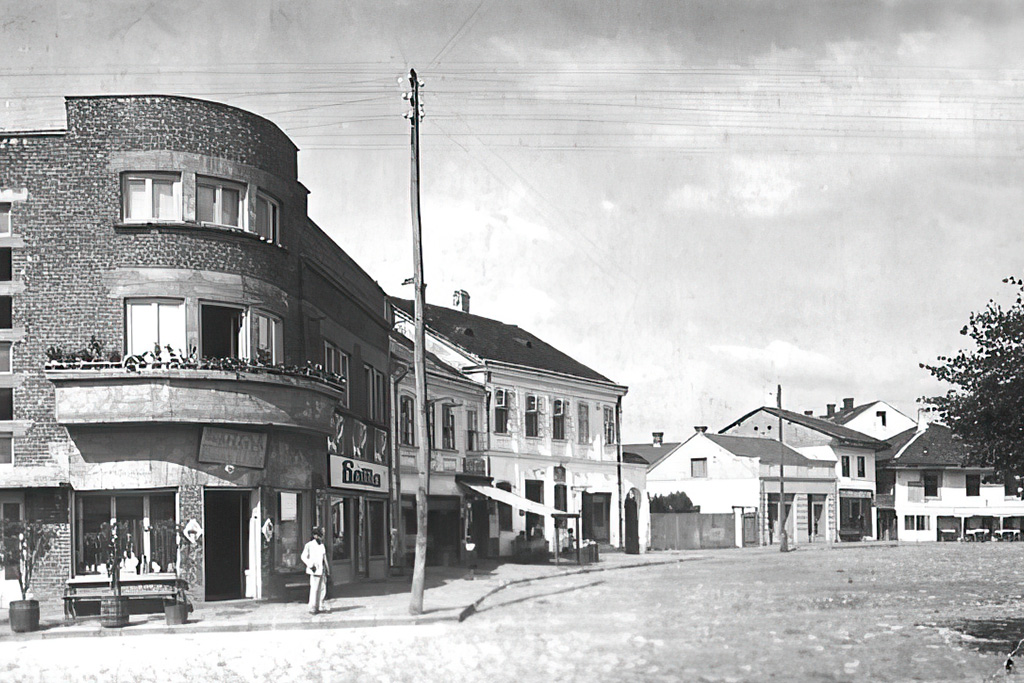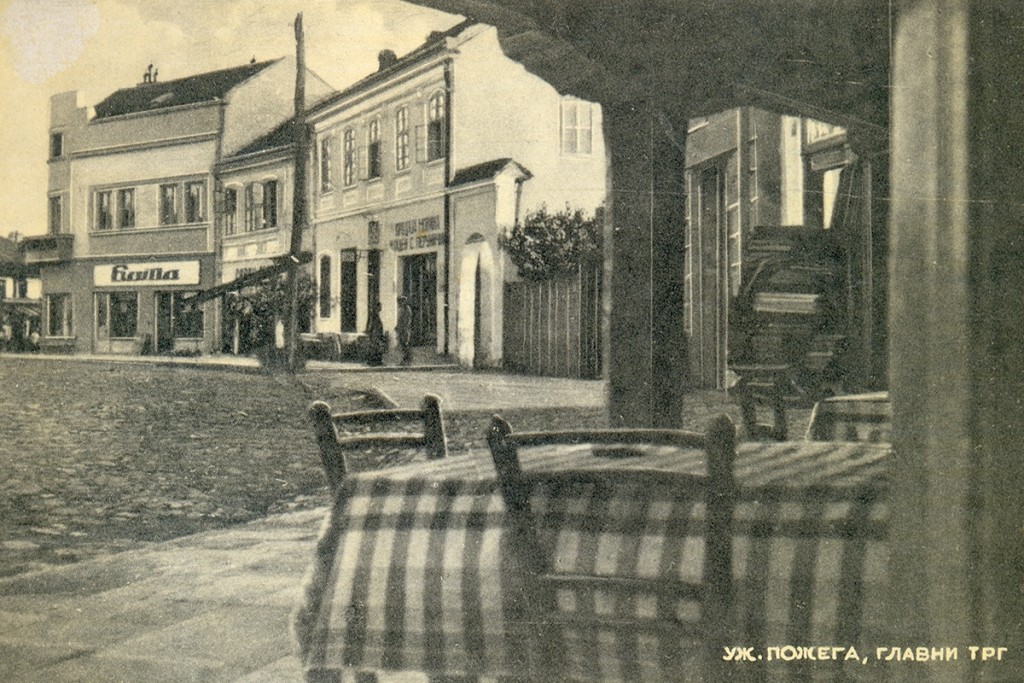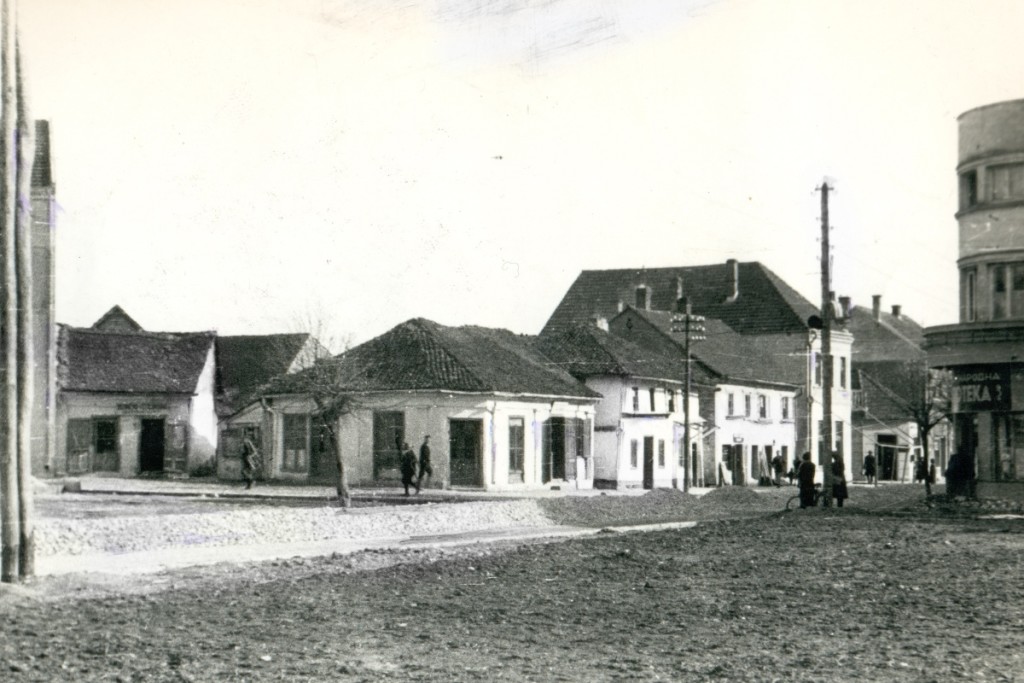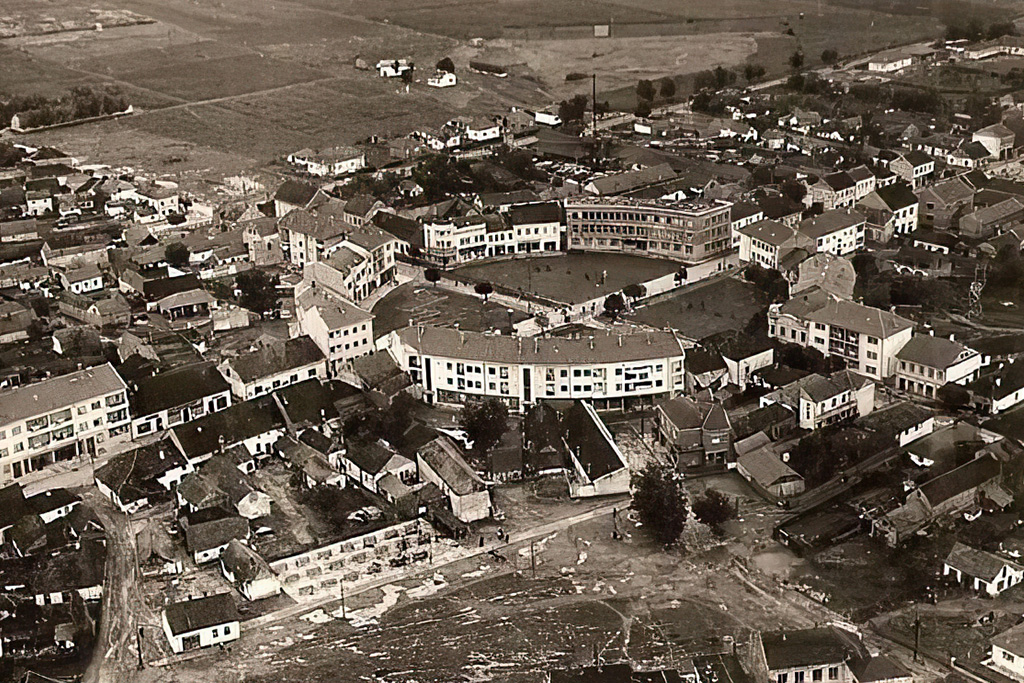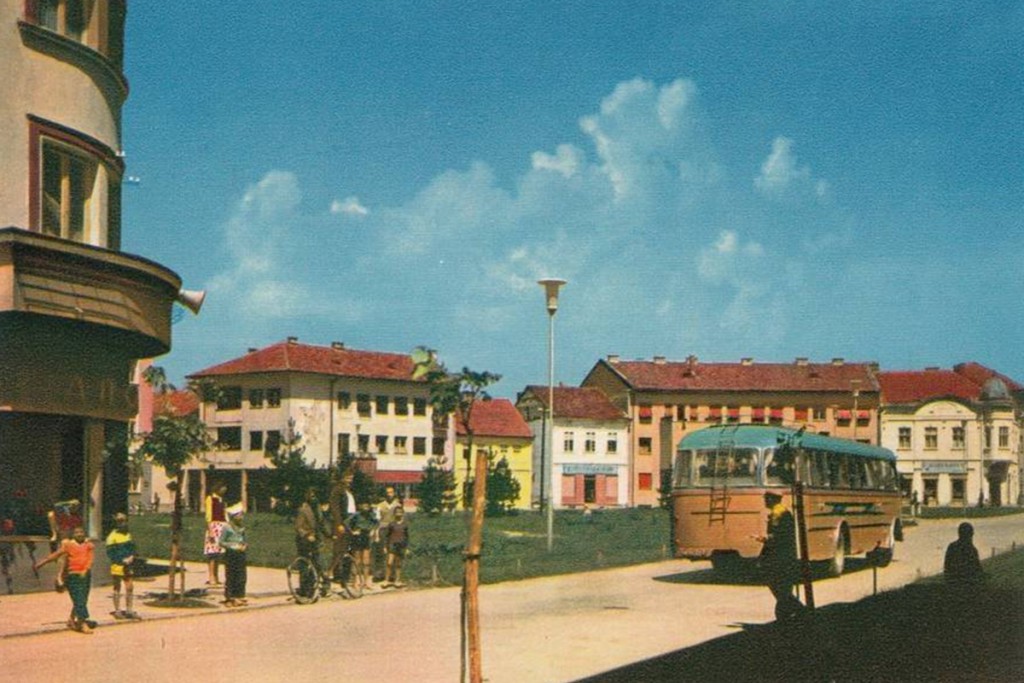About Požega
History
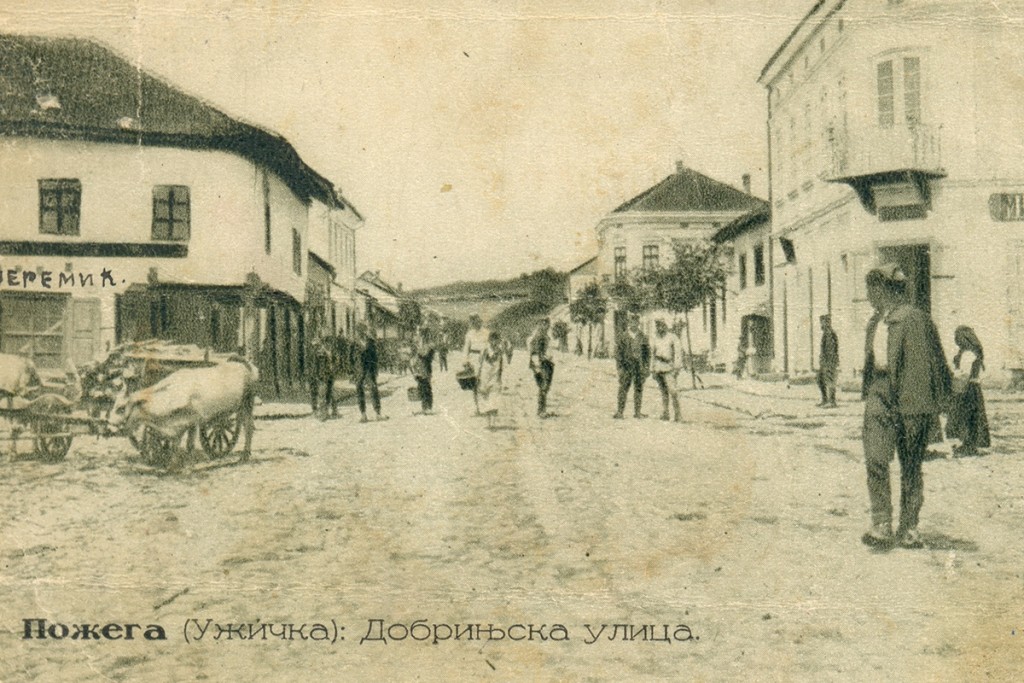
The oldest settlements found in this area come from the Middle Neolithic (Younger Stone Age), around 2600 BC. Approximately 3000 years ago, not only these regions, but also the entire Balkans were inhabited by the Illyrians, while in the 1st century AD Roman invaders came here. During the time of Emperor Hadrian, around 150 AD, in the immediate vicinity of today’s Požega, the village of Visibaba, the Romans built a city of greater importance, known as Municipium Malvesatium, the seat of a wider area.
When researching the past of the Požega municipality, archaeologists discovered, and partially studied, more than a hundred localities, archaeological sites that span from prehistoric times to the end of the ancient period, the fall of the Western Roman Empire in 476 AD.
These regions fell to the Eastern Empire (Byzantium) after the division of the Roman Empire into two parts in 395, and our ancestors the Old Slavs settled in them during the 7th century. There are no written data from the first centuries of the Middle Ages about these areas at all, until the time of the great prefect Stefan Nemanja, when they are mentioned in the Charter of Studenica in 1196. These were insignificant settlements that had no major economic, political and administrative importance.
The first written mention of Požega as a significant settlement can be found in Defter from 1476. In the subsequent census of 1516, Požega was mentioned, i.e. srez, the area of a kadi, and in 1523 Požega became a nahija, which would remain so throughout the Turkish period, with brief interruptions. Old Požega, from the Turkish period, was burned down by the Turks from Užice in 1805. In order for the kasaba to be transformed into a small town, in order to build new buildings, residential houses, shops and other buildings, Prince Miloš sent a letter to his brother Jovan on March 12, 1832 (according to the old calendar) to send Lazar Zuban, “state engineer”, to draw up the urban plan of Požega. Plots for new construction are divided along intersecting roads, east-west and north-south.

